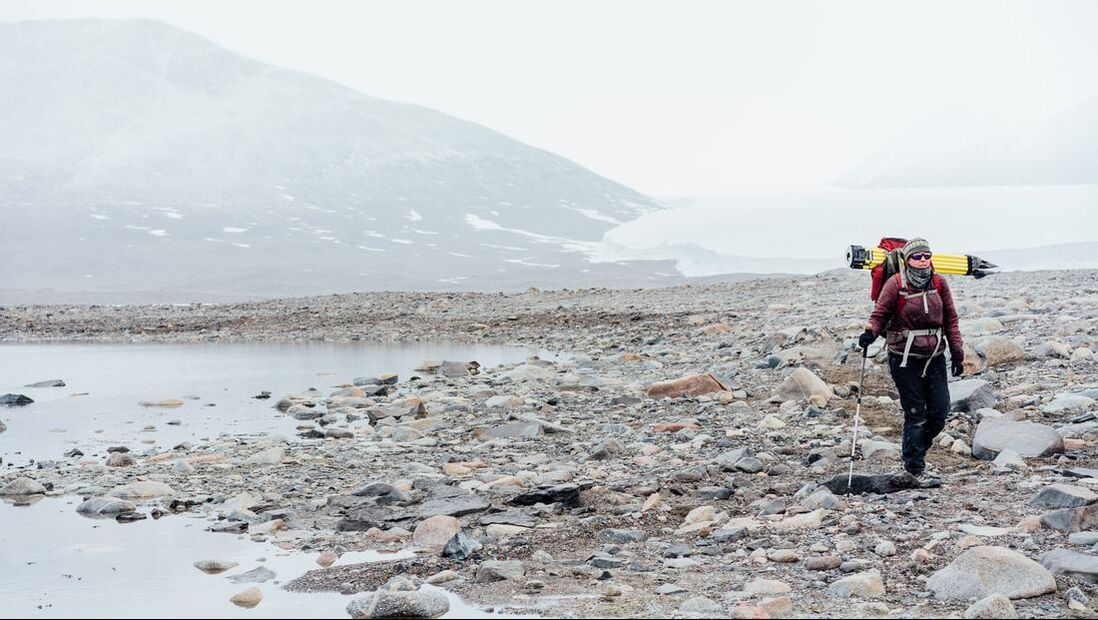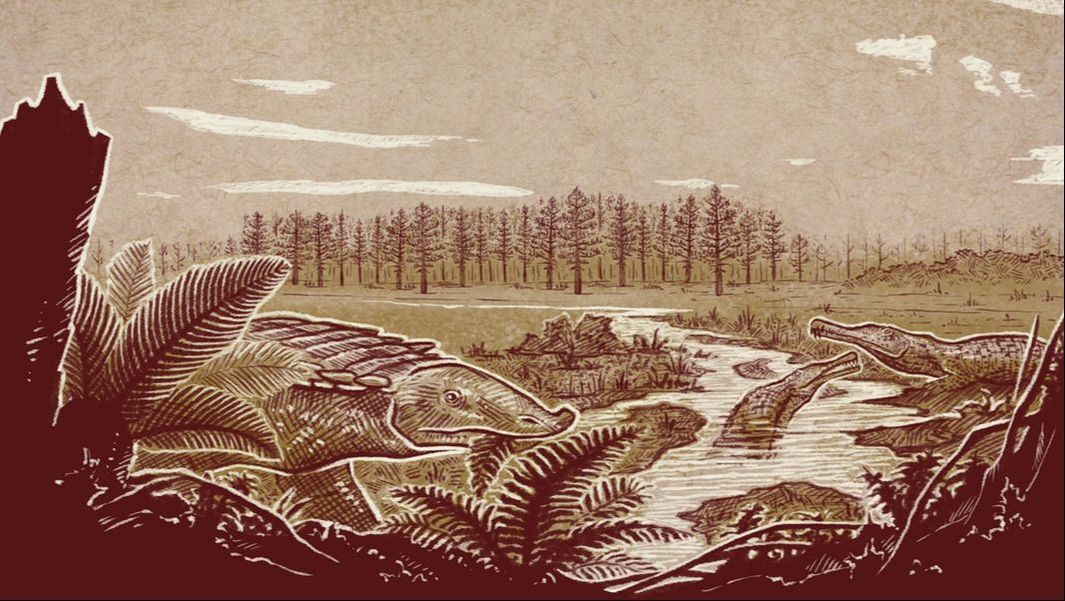AUDIO-DIGITAL FEATURE: A Fever In The Dust
on Methods, from Science Friday
First Place Winner, Excellence in Digital Journalism, Engagement, 2021 Asian American Journalists Association Awards
Second Place Winner, Small-Markets Feature Category, 2021 Society of Environmental Journalists Awards
Although still unknown outside of the American West, valley fever is a severe fungal infection—and its territory may expand as the climate warms. This feature combines sound, audio interviews, photos, and data visuals to transport readers to the Central Valley of California and introduce them to patients and scientists studying this fungal disease. A radio feature broadcast on Science Friday accompanied this piece. More than 50 listeners and readers responded to our coverage, inspiring an article featuring their own stories with valley fever. On January 2021, we revisited the story and spoke to valley fever researchers and patients about the COVID-19 pandemic. That reporting was later featured in March 2021 in a radio conversation on KVPR's Valley Edition.
Written by Lauren J. Young
Audio by Kerry Klein and Lauren J. Young
Photos by Lauren J. Young and Kerry Klein
First Place Winner, Excellence in Digital Journalism, Engagement, 2021 Asian American Journalists Association Awards
Second Place Winner, Small-Markets Feature Category, 2021 Society of Environmental Journalists Awards
Although still unknown outside of the American West, valley fever is a severe fungal infection—and its territory may expand as the climate warms. This feature combines sound, audio interviews, photos, and data visuals to transport readers to the Central Valley of California and introduce them to patients and scientists studying this fungal disease. A radio feature broadcast on Science Friday accompanied this piece. More than 50 listeners and readers responded to our coverage, inspiring an article featuring their own stories with valley fever. On January 2021, we revisited the story and spoke to valley fever researchers and patients about the COVID-19 pandemic. That reporting was later featured in March 2021 in a radio conversation on KVPR's Valley Edition.
Written by Lauren J. Young
Audio by Kerry Klein and Lauren J. Young
Photos by Lauren J. Young and Kerry Klein
VIDEO-DIGITAL FEATURE: Sniffing Out Hidden Cancer
on Methods, from Science Friday
How an innovative team of scientists (and dogs) found an early detection method for one of the world's most deadly and silent cancers. This melds video documentary and long-form narrative to cover three ways to detect cancer.
Written by Daniel Peterschmidt
Video by Luke Groskin
Edited by Lauren J. Young
How an innovative team of scientists (and dogs) found an early detection method for one of the world's most deadly and silent cancers. This melds video documentary and long-form narrative to cover three ways to detect cancer.
Written by Daniel Peterschmidt
Video by Luke Groskin
Edited by Lauren J. Young
DIGITAL FEATURE: The Continental Outlier
on Methods, from Science Friday
In the world's coldest, most remote desert, keepers of Antarctica's longest melt record have detected a recent and dramatic shift. The audio-visual feature was reported from the Dry Valleys in Antarctica.
Written by Ariel Zych
Edited by Lauren J. Young
Site design by Daniel Peterschmidt
In the world's coldest, most remote desert, keepers of Antarctica's longest melt record have detected a recent and dramatic shift. The audio-visual feature was reported from the Dry Valleys in Antarctica.
Written by Ariel Zych
Edited by Lauren J. Young
Site design by Daniel Peterschmidt
DIGITAL FEATURE: The Mass Extinction Detectives
on Methods, from Science Friday
No one knows how the dinosaurs rose to dominate the planet. But the answers may lie within a mysterious mass extinction that wipes out their competition. This audio-visual piece, reported from a Utah fossil dig, is the first feature published on Science Friday's new digital vertical, Methods.
Written by Lauren J. Young
Audio by Katie Hiler
Photos and video by Lauren J. Young
Illustrations by Franz Anthony
Site design by Daniel Peterschmidt
No one knows how the dinosaurs rose to dominate the planet. But the answers may lie within a mysterious mass extinction that wipes out their competition. This audio-visual piece, reported from a Utah fossil dig, is the first feature published on Science Friday's new digital vertical, Methods.
Written by Lauren J. Young
Audio by Katie Hiler
Photos and video by Lauren J. Young
Illustrations by Franz Anthony
Site design by Daniel Peterschmidt
SERIES: File Not Found
on Science Friday
"File Not Found" is a three chapter series about preserving data to save our digital history. The project is the longest feature ever produced in Science Friday's history.
Part 1: Ghosts In The Reels
Part 2: The Librarians Saving The Internet
Part 3: Data Reawakening
Radio Interview: Preventing A 'Digital Dark Age'
Written by Lauren J. Young
Designed by Daniel Peterschmidt
"File Not Found" is a three chapter series about preserving data to save our digital history. The project is the longest feature ever produced in Science Friday's history.
Part 1: Ghosts In The Reels
Part 2: The Librarians Saving The Internet
Part 3: Data Reawakening
Radio Interview: Preventing A 'Digital Dark Age'
Written by Lauren J. Young
Designed by Daniel Peterschmidt




